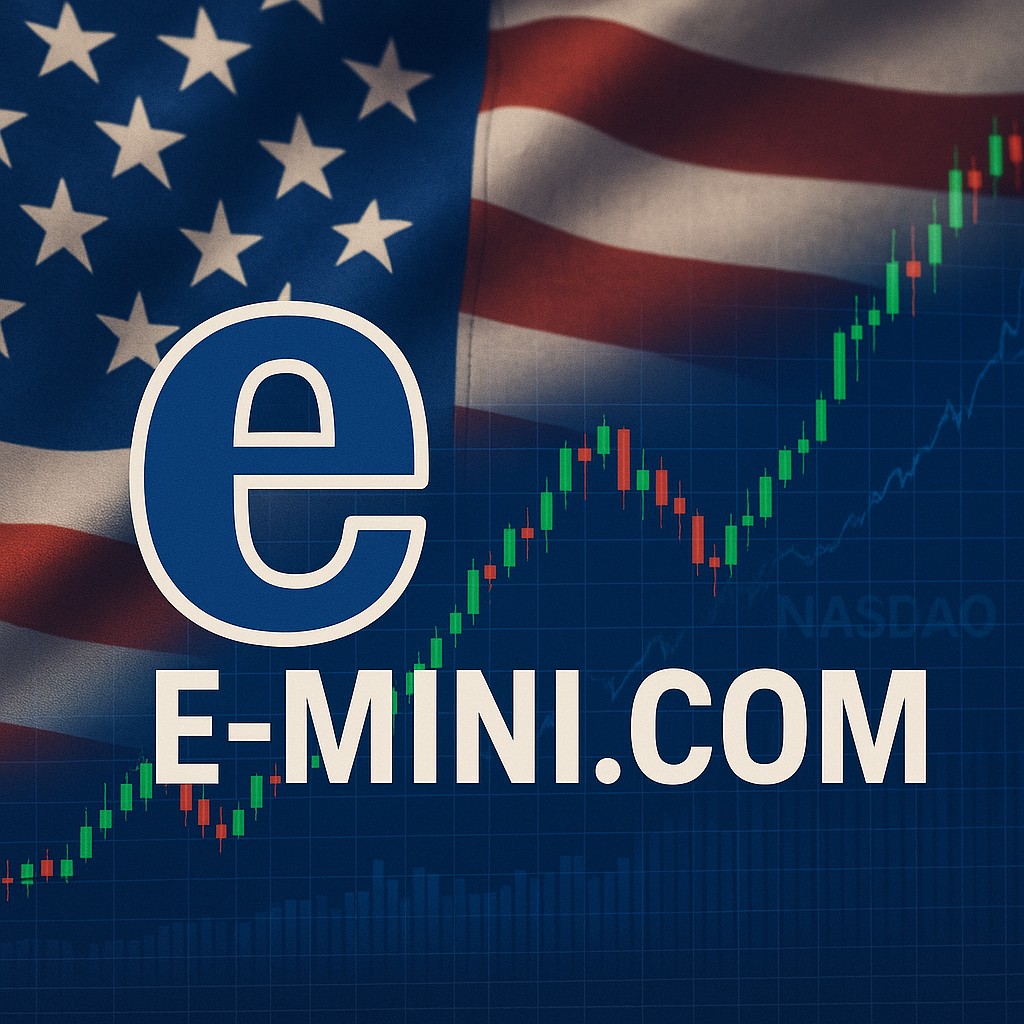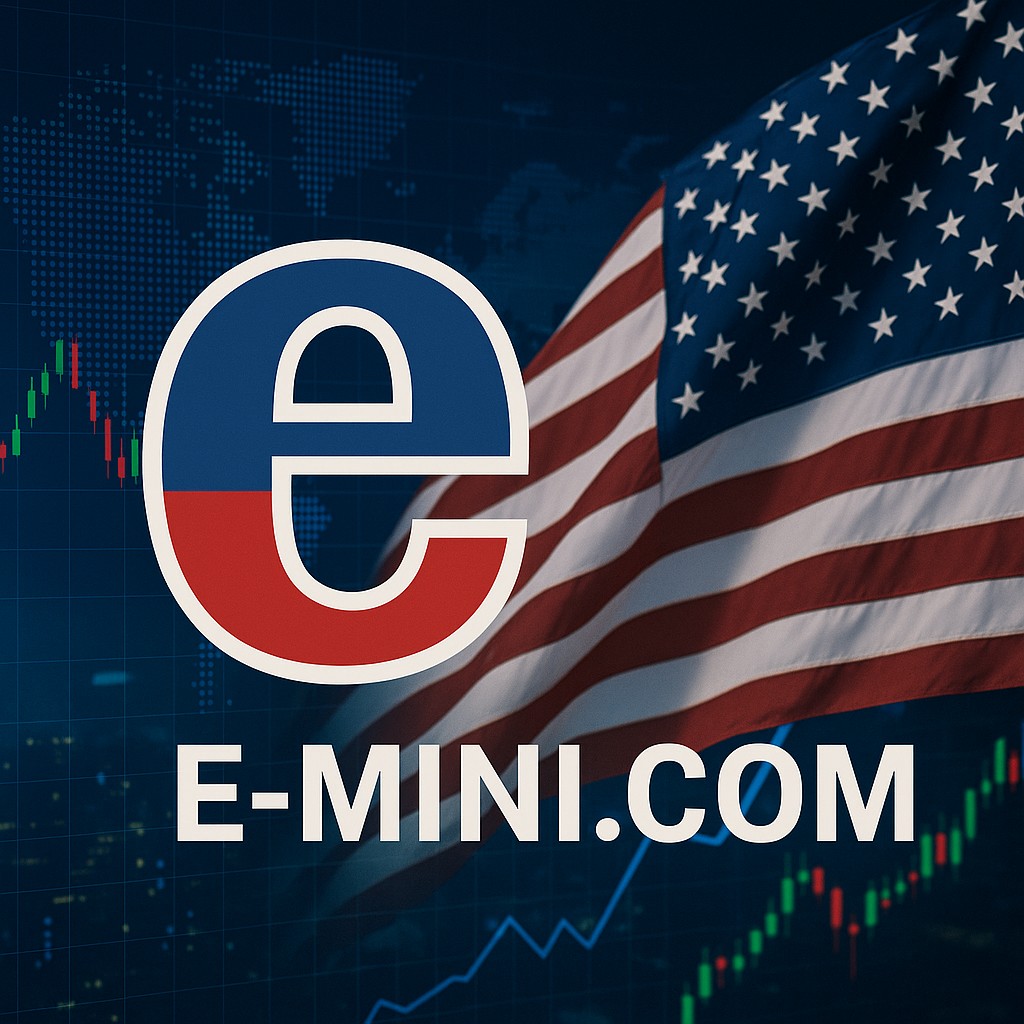Trading futures is a sophisticated financial strategy that allows traders to speculate on the future prices of assets such as commodities, currencies, stock indices, and interest rates. Futures contracts are standardized agreements to buy or sell an asset at a predetermined price at a specified time in the future. This form of trading offers significant advantages, including leverage, liquidity, and the ability to hedge against price fluctuations. Among the various futures contracts available, e-mini and e-micro futures have gained popularity due to their accessibility and lower financial requirements.
Futures Trading
Futures trading involves buying and selling futures contracts on an exchange. These contracts obligate the buyer to purchase, and the seller to sell, the underlying asset at a specified future date and price. The primary purposes of futures trading are speculation and hedging.
- Speculation: Traders use futures contracts to bet on the direction of the market. If they believe prices will rise, they buy futures contracts (going long). Conversely, if they expect prices to fall, they sell futures contracts (going short). The goal is to profit from price movements.
- Hedging: Businesses and investors use futures to protect against adverse price movements. For example, a farmer might sell wheat futures to lock in a price for their crop, while a food manufacturer might buy wheat futures to secure a stable price for their raw materials.
Key Features of Futures Trading
- Leverage: Futures trading allows traders to control large positions with a relatively small amount of capital, known as margin. This amplifies potential profits but also increases risk.
- Standardization: Futures contracts are standardized in terms of quantity, quality, and delivery time, ensuring a uniform trading experience.
- Liquidity: Futures markets are highly liquid, with a large number of participants and high trading volumes. This ensures that traders can enter and exit positions with ease.
- Mark-to-Market: Futures positions are marked to market daily, meaning gains and losses are settled at the end of each trading day. This process ensures that the margin requirements are met and reduces the risk of default.
E-mini Futures
E-mini futures are a type of futures contract that represent a fraction of the value of a standard futures contract. They were introduced by the Chicago Mercantile Exchange (CME) in 1997 to provide smaller traders with access to futures markets. E-mini contracts are available for various asset classes, including stock indices, commodities, and currencies.
Key Features of E-mini Futures
- Accessibility: E-mini contracts require lower margin requirements compared to standard futures contracts, making them more accessible to retail traders and smaller investors.
- Diverse Offerings: E-mini futures are available for a wide range of underlying assets. The most popular e-mini contracts include the E-mini S&P 500, E-mini Nasdaq-100, and E-mini Dow Jones Industrial Average.
- Liquidity: E-mini futures are highly liquid, particularly for popular indices like the S&P 500 and Nasdaq-100. High liquidity ensures tight bid-ask spreads and efficient execution of trades.
- Round-the-Clock Trading: E-mini futures trade nearly 24 hours a day, five days a week, allowing traders to react to global market developments and news events in real-time.
- Leverage: Like standard futures, e-mini contracts offer significant leverage, allowing traders to control large positions with relatively small amounts of capital.
Popular E-mini Futures Contracts
- E-mini S&P 500 (ES): The E-mini S&P 500 is one of the most traded futures contracts globally. It represents one-fifth of the value of a standard S&P 500 futures contract. The contract size is $50 times the S&P 500 Index, and it is widely used for speculation and hedging.
- E-mini Nasdaq-100 (NQ): The E-mini Nasdaq-100 tracks the performance of the 100 largest non-financial companies listed on the Nasdaq Stock Market. It has a contract size of $20 times the Nasdaq-100 Index.
- E-mini Dow Jones Industrial Average (YM): This contract represents one-fifth of the value of a standard Dow Jones futures contract. The contract size is $5 times the Dow Jones Industrial Average.
- E-mini Russell 2000 (RTY): The E-mini Russell 2000 tracks the performance of 2000 small-cap companies in the Russell 3000 Index. It has a contract size of $50 times the Russell 2000 Index.
E-micro Futures
E-micro futures are an even smaller version of e-mini futures, designed to make futures trading more accessible to individual investors. These contracts were introduced to cater to traders with limited capital and to provide a lower-risk entry point into futures trading.
Key Features of E-micro Futures
- Lower Financial Commitment: E-micro futures require significantly lower margin requirements compared to both standard and e-mini futures contracts. This makes them ideal for beginners and traders with smaller accounts.
- Fractional Sizes: E-micro contracts represent a fraction of the value of e-mini contracts. For example, the E-micro S&P 500 futures contract represents one-tenth the size of the E-mini S&P 500 contract.
- Risk Management: Due to their smaller size, e-micro futures allow traders to manage risk more effectively. They can take smaller positions and adjust their exposure with greater precision.
- Liquidity: While not as liquid as e-mini futures, e-micro futures still offer sufficient liquidity for most retail traders. The growing popularity of these contracts has led to increased trading volumes.
Popular E-micro Futures Contracts
- E-micro S&P 500 (MES): The E-micro S&P 500 futures contract represents one-tenth the size of the E-mini S&P 500 contract. It has a contract size of $5 times the S&P 500 Index, making it an excellent choice for traders looking to gain exposure to the S&P 500 with minimal capital.
- E-micro Nasdaq-100 (MNQ): This contract represents one-tenth the size of the E-mini Nasdaq-100 contract, with a contract size of $2 times the Nasdaq-100 Index.
- E-micro Dow Jones Industrial Average (MYM): The E-micro Dow Jones futures contract represents one-tenth the size of the E-mini Dow Jones contract. It has a contract size of $0.50 times the Dow Jones Industrial Average.
- E-micro Russell 2000 (M2K): The E-micro Russell 2000 futures contract represents one-tenth the size of the E-mini Russell 2000 contract. It has a contract size of $5 times the Russell 2000 Index.
Advantages of Trading E-mini and E-micro Futures
- Accessibility for Small Traders: The lower margin requirements and smaller contract sizes of e-mini and e-micro futures make them accessible to retail traders and those with limited capital.
- Leverage: Both e-mini and e-micro futures offer significant leverage, allowing traders to control larger positions with relatively small amounts of capital. This can amplify potential profits, though it also increases risk.
- Diversification: With e-mini and e-micro futures, traders can diversify their portfolios by gaining exposure to various asset classes, including stock indices, commodities, and currencies.
- Hedging Opportunities: E-mini and e-micro futures provide effective tools for hedging against price fluctuations in the underlying assets. Businesses and investors can use these contracts to lock in prices and mitigate risk.
- Extended Trading Hours: The nearly 24-hour trading availability of e-mini and e-micro futures allows traders to react to global market events and news developments outside regular trading hours.
- Risk Management: The smaller contract sizes of e-micro futures enable traders to manage risk more effectively. They can take smaller positions and adjust their exposure with greater precision.
Strategies for Trading E-mini and E-micro Futures
- Trend Following: This strategy involves identifying and following the prevailing market trend. Traders use technical indicators such as moving averages, trend lines, and momentum oscillators to determine the direction of the trend and enter positions accordingly.
- Mean Reversion: Mean reversion traders seek to capitalize on price deviations from their historical averages. They believe that prices will eventually revert to their mean, so they buy when prices are low and sell when prices are high relative to their historical norms.
- Breakout Trading: Breakout traders look for significant price movements beyond established support or resistance levels. They enter positions when prices break out of these levels, expecting a continuation of the trend.
- Scalping: Scalping is a short-term trading strategy that involves making numerous small trades to capture minor price movements. Scalpers aim to profit from the bid-ask spread and small price fluctuations.
- Hedging: Businesses and investors use e-mini and e-micro futures to hedge against adverse price movements in the underlying assets. For example, a farmer might sell futures contracts to lock in a price for their crop, while an investor might buy futures to protect against a potential market downturn.
Trading futures, particularly e-mini and e-micro futures, offers significant opportunities for traders and investors. These contracts provide accessibility, leverage, liquidity, and effective risk management tools. E-mini futures are ideal for traders seeking exposure to major stock indices, commodities, and currencies with manageable margin requirements. E-micro futures, with their even smaller contract sizes, cater to individual investors and beginners looking to enter the futures market with minimal capital.
By understanding the key features and strategies of e-mini and e-micro futures, traders can make informed decisions and capitalize on the opportunities these contracts offer. Whether for speculation or hedging, futures trading remains a dynamic and versatile component of the financial markets, offering diverse possibilities for those willing to navigate its complexities.
To open a futures account with E-Mini.com, please click here.
Ready to start trading futures? Call US 1(800)454-9572 – Int’l (310)859-9572 email info@cannontrading.com and speak to one of our experienced, Series-3 licensed futures brokers and start your futures trading journey with E-Mini.com today.
Disclaimer – Trading Futures, Options on Futures, and retail off-exchange foreign currency transactions involves substantial risk of loss and is not suitable for all investors. Past performance is not indicative of future results. You should carefully consider whether trading is suitable for you in light of your circumstances, knowledge, and financial resources. You may lose all or more of your initial investment. Opinions, market data, and recommendations are subject to change at any time.
Important: Trading commodity futures and options involves a substantial risk of loss. The recommendations contained in this writing are of opinion only and do not guarantee any profits. This writing is for educational purposes. Past performances are not necessarily indicative of future results.
**This article has been generated with the help of AI Technology. It has been modified from the original draft for accuracy and compliance.
***@cannontrading on all socials.
![]()
![]()
![]()





